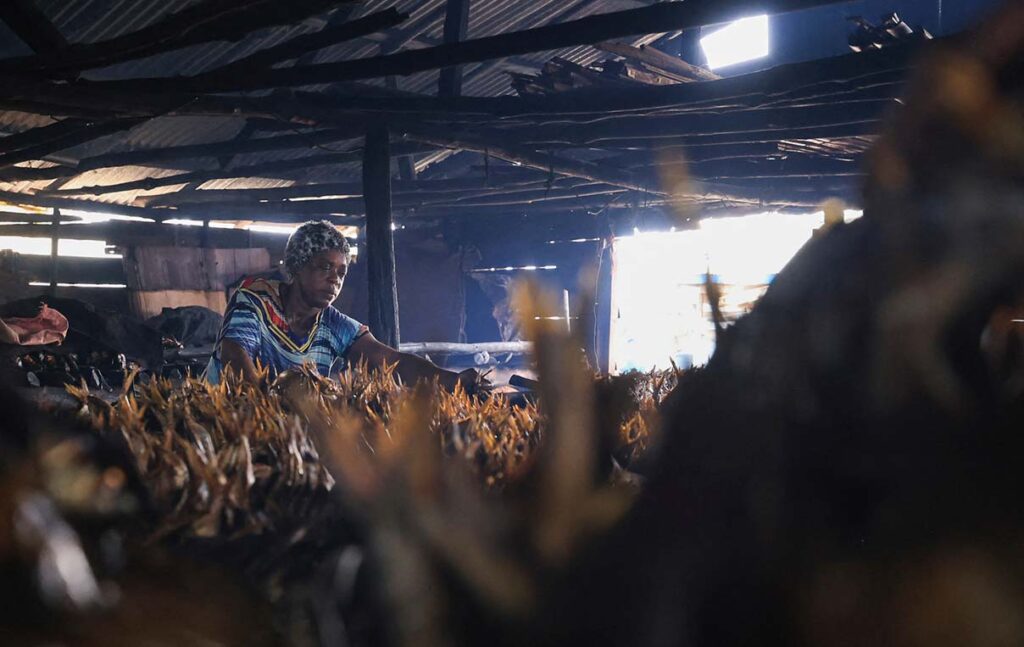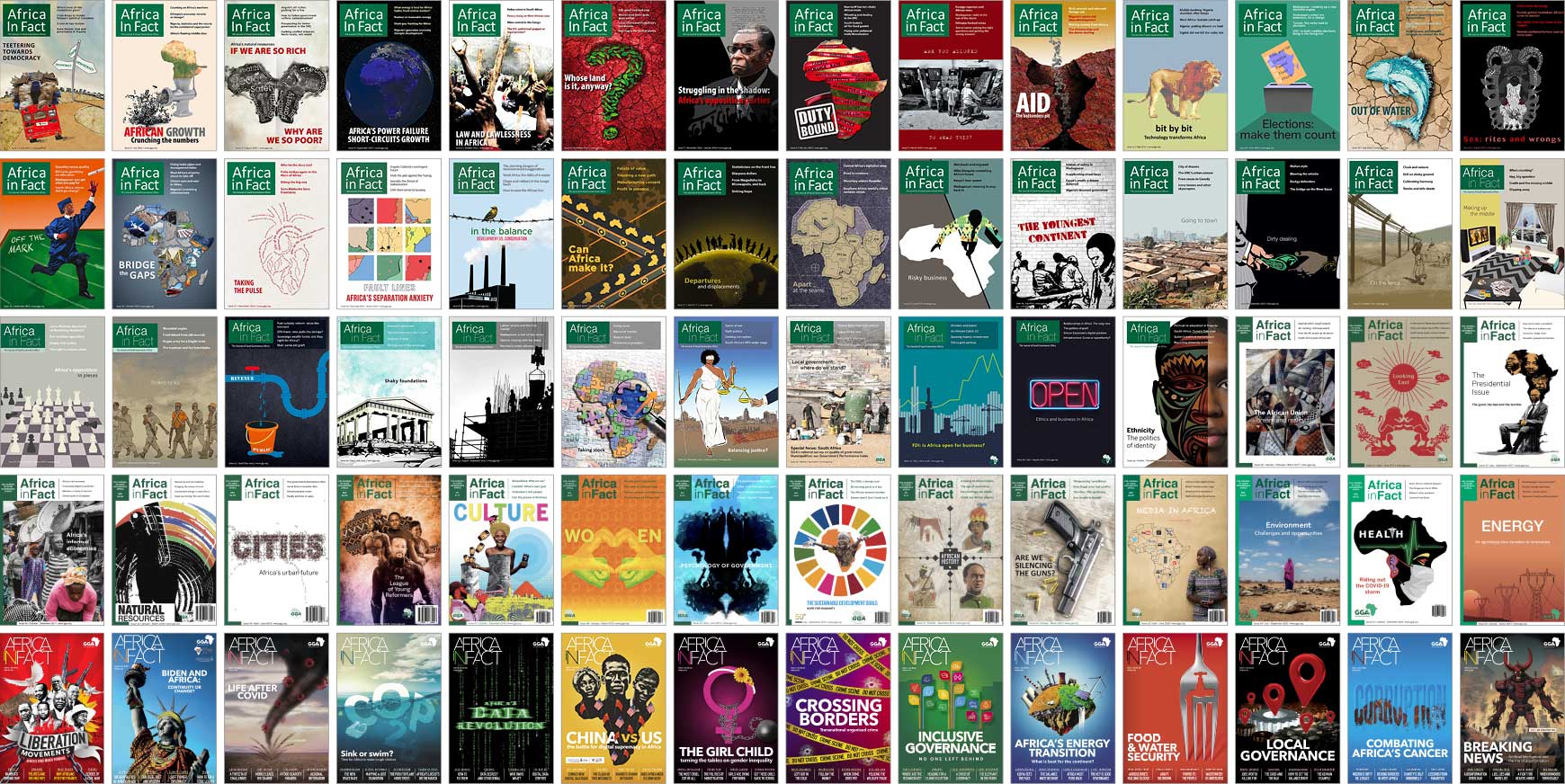The concept of a “blue economy” was first articulated at the Rio de Janeiro United Nations Conference on Sustainable Development in 2012, the same platform that introduced the Sustainable Development Goals (SDGs). While inherently centred on economic priorities, the blue economy and the SDGs fundamentally advocate for equitable resource distribution, human well-being, and the mitigation of environmental risks and degradation.
Despite this, there remains an overemphasis on the financial gains of these development projects, which often leads to a lack of oversight and consideration of their long-term impact on the environment and communities. The synergy between inclusivity, conservation, and development in Africa’s blue economy is challenging, but several examples indicate that emphasising the former can increase the chance of successful intervention.
Although the blue economy has been mainstreamed into many African states’ environmental regimes, its economic potential has not nearly been achieved. Many shortcomings in capacity development, community involvement, and technology adoption remain. Knowledge and technological capacity in the marine sectors are limited, and this is further undermined by limited investment, meaning economic activities remain mostly at the subsistence level. Around a quarter of marine catches along the continent’s coastline are made by non-African states, which, if fished by African states themselves, would earn them an additional $3.3 billion, eight times higher than the $0.4 billion they currently make from fishing agreements. According to the World Bank, aquaculture is vital for the continent’s need for food security and is expanding faster there than anywhere in the world.

Beyond the aquaculture sector, Africa’s coastline is well endowed with offshore oil and gas reserves, although most of what is extracted is exported elsewhere for refinement. Consequently, the economic benefits of these resources do not reach local communities sufficiently, and their environmental impacts are rarely top of mind. Similarly, maritime transportation plays a crucial role in the continent’s trade economy. However, the sector remains underutilised for intra-trade cooperation, and it, too, has several negative consequences for conservation and the health of coastal marine life.
Tourism, another vital marine sector, seeks to showcase the continent’s diverse and exotic marine ecosystems. Island nations like the Seychelles, Cabo Verde, and Mauritius rely heavily on this sector for their economies, and it provides crucial support for local livelihoods and socio-economic development. However, the sector remains underdeveloped along western and eastern African coastlines due to piracy threats and limited infrastructure investment. Still, it could empower local communities through job creation and knowledge sharing of animal and plant conservation.
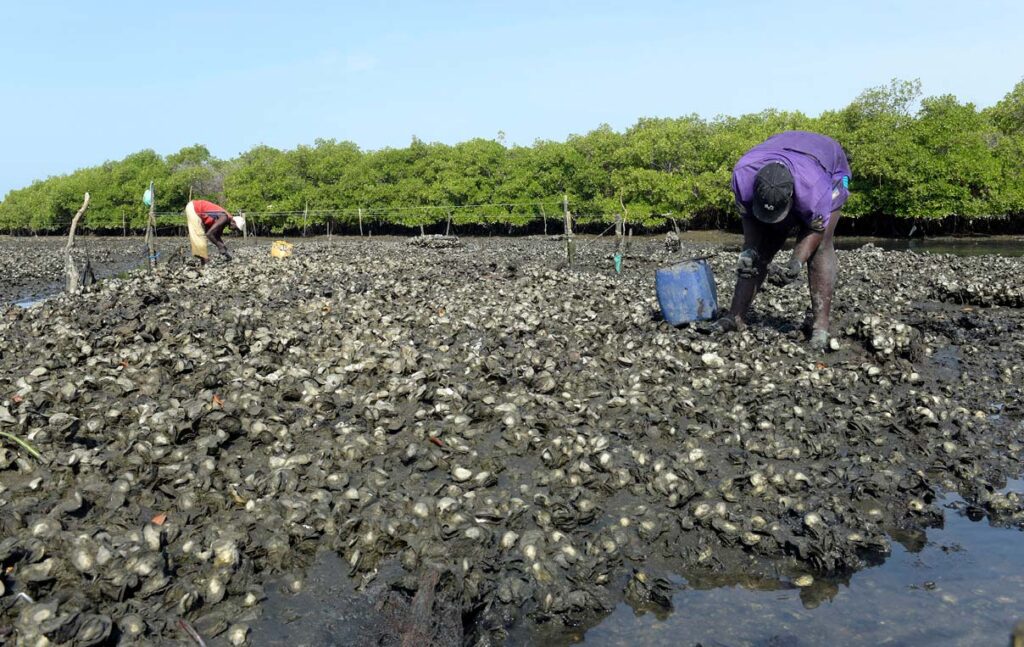
The African Union recognises the potential of these “blue” sectors for the continent’s economic future. However, if this future is to benefit all African citizens, the current framework must avoid fixating on revenue outcomes. The current top-down management and implementation of many African projects related to the blue economy often exclude the involvement of coastal communities. Also, large infrastructure projects aimed at expanding or building ports, for example, have almost always led to community displacement, livelihood losses, and coastal degradation.
One example is Cameroon’s Kribi deep-sea port, China’s largest port investment globally. The port, which aims to relieve pressure on the country’s current main port, Douala, and provide a trading gateway for land-locked countries in the region, will enter a second construction phase this year. The port’s construction has led to widespread displacement of coastal villagers, some of whom were relocated but have been resettled far from the economic opportunities of fishing and farming they had before.
In addition, scientists are seriously concerned about ongoing deforestation in the Congo Basin for infrastructure associated with the port. These forests are crucial carbon sinks with immense biodiversity, and they play a vital role in rainfall patterns across the continent, which are needed for freshwater and agriculture. These projects thus have the potential to contribute to friction and dissatisfaction between coastal populations and their governments, which risks contributing further to current security issues in the region.
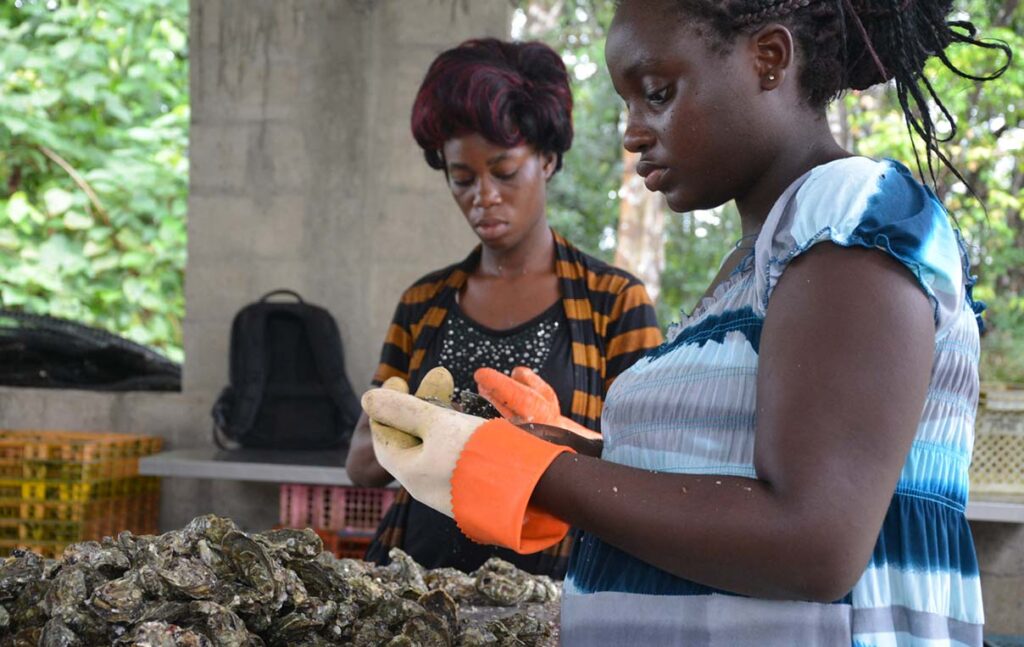
Projects that have successfully included communities often already have a “people-centred” approach, and their frameworks tend to emphasise co-management and participation. A notable case is the TRY Oyster Women’s Association in The Gambia. This initiative exemplifies the effectiveness of a community-driven approach to unemployment, resource management, and ecosystem degradation. By empowering local women to engage in oyster harvesting and processing, the project has not only improved their livelihoods but also fostered a sense of ownership over marine resources.
This initiative has allowed for integrating traditional knowledge with modern practices, enhancing ecological sustainability and economic resilience. The success of this project underscores the critical role of community inclusion, as it ensures that the needs and knowledge of local stakeholders are central to decision-making processes, ultimately leading to more sustainable marine resource management.
Experts have suggested that a blend of both bottom-up and top-down management in blue economy projects could help actively involve communities alongside other important local stakeholders within the blue value chain. This approach does not replace government functions or roles but can rather allow those greatly impacted by these projects to have their say early in the policy development process.
A collaborative approach requires more time and resources to maintain. Still, it allows communities to build trust and a sense of ownership within the project alongside high-level partners. This process would aim to eliminate misunderstandings and provide a platform to develop mutual interests for both the project’s short- and long-term outcomes.
Thus, at the heart of Africa’s blue economy potential are its citizens and ecosystem. For the continent to fully realise this new blue frontier, careful consideration must be given to how these projects intersect with different ecological systems that, in turn, impact the livelihoods of African communities. Recognising the intrinsic connections between ecosystems, economies, and communities across the continent is essential for developing a resilient and socially equitable blue economy.

